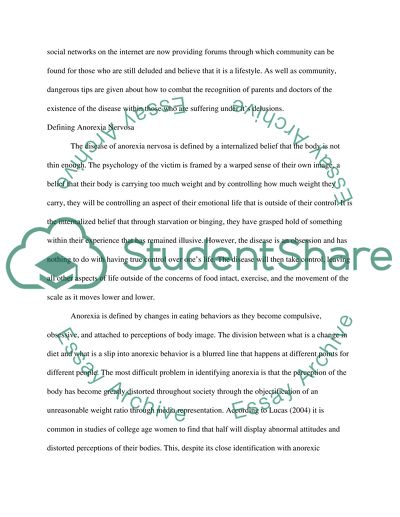Cite this document
(“Psychology- Counseling - Dying to be thin Essay”, n.d.)
Retrieved from https://studentshare.org/environmental-studies/1409464-psychology-counseling-dying-to-be-thin
Retrieved from https://studentshare.org/environmental-studies/1409464-psychology-counseling-dying-to-be-thin
(Psychology- Counseling - Dying to Be Thin Essay)
https://studentshare.org/environmental-studies/1409464-psychology-counseling-dying-to-be-thin.
https://studentshare.org/environmental-studies/1409464-psychology-counseling-dying-to-be-thin.
“Psychology- Counseling - Dying to Be Thin Essay”, n.d. https://studentshare.org/environmental-studies/1409464-psychology-counseling-dying-to-be-thin.


